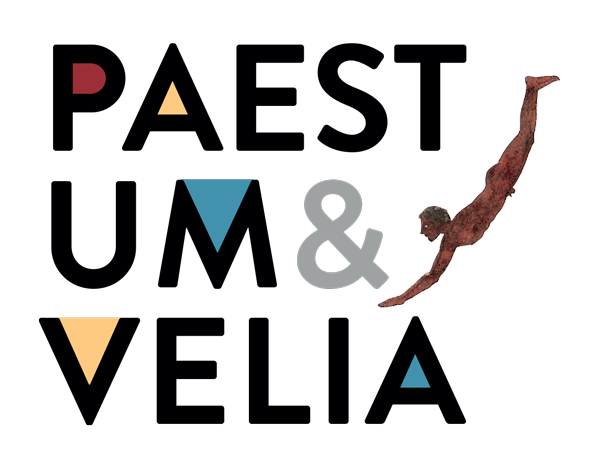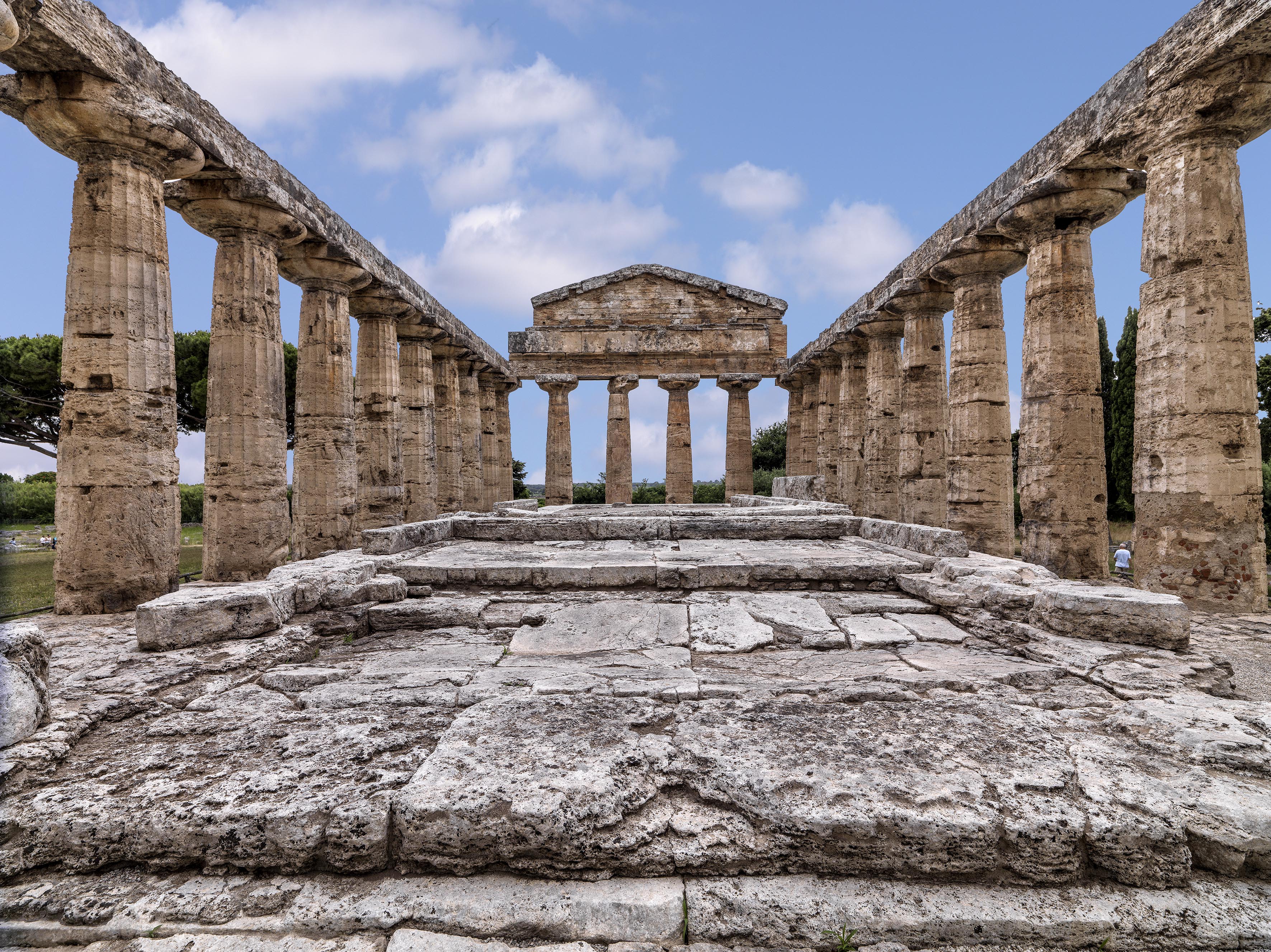Another world is possible…
… this is essentially the message of archaeology as historical anthropology, and of Paestum in particular. The discovery of ancient Greek architecture, art, ritual, and culture–that is, of a world very distant from our way of living and thinking–gives us an idea of the variety of life during the history of humankind.
The first travelers who visited the site of Paestum in the eighteenth century did not know what to think of the Doric temples and of the severe and archaic style in which they were built. However, just this otherness of the temples and of the people who built them contributed to the fascination of the Greek colony of Paestum among modern scholars and artists.
The amazement eighteenth-century traverlers felt in the face of the classical monuments of Paestum was destined to recur until the present: the carved frieze from the first Hera Temple on the River Sele, the Tomb of the Diver, the bronze vases from the heroon–pieces now exhibited in the Archaeological Museum of Paestum that continue to interrogate and irritate the observer, as they speak of a past world, “completely strange” to our eyes, as Johann Wolfgang Goethe wrote in 1787. A world, however, that also has a message for the future: The variety of the forms of life, arts, politics, thought, ecology, family-life and sexuality we find in history demonstrates: another world is possible.









